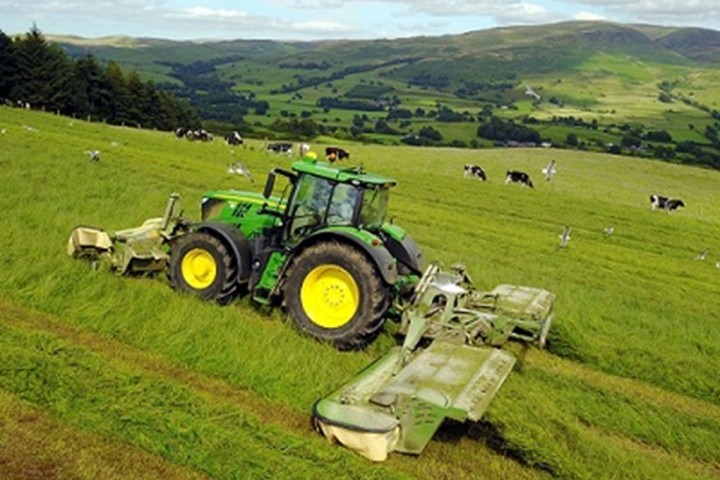These are strange times for the UK farmland market, particularly because of the shadow cast by Brexit.
The looming exit from the EU is having a huge impact on all sectors of agriculture and the farmland market is not totally immune to this. And why should it be?
With farmers making up almost 50 per cent of land purchasers in 2018, the uncertainty surrounding future farm support means many rural business owners are biding their time when it comes to investment or, equally, disposing of saleable assets.
UK farmers currently receive £3.2bn a year in support payments from the EU via the Common Agricultural Policy. Predominantly, this is based on the amount of land they farm.
Defra Secretary Michael Gove has indicated that by 2027 these payments will be gone, due to be replaced by ‘public money for public goods’.
In layman’s terms this means money for which the market for their goods cannot provide, for example environmental land management, biodiversity and encouraging wildlife to flourish on-farm.
With a transition period in place until 2027 to gradually reduce the old payments and no clear indication as to whether the subsidy pot will remain at the same level, it is understandable many farmers are being extra cautious about their current financial dealings.
For Jonathan Turner, of Sawley-based land and estate agents Richard Turner and Son, the ‘B word’ cannot be ignored. He says: “Everybody is talking about Brexit and it is causing so much uncertainty.
“However, land values have remained fairly constant and there remains good demand for small plots of, say, five acres which have a real amenity value.
“Location also remains key in terms of the interest different parcels of land will attract.”
Despite the uncertainty, land prices in 2018 remained robust, according Savills.
Nationally, the firm said that good arable land was still commanding £8,760 per acre, which, while two per cent down on 2017, remained very high. Likewise, the average price for all parcels of land over the same period was £6,700/acre, down 1.8 per cent.
While this was something of a dip, farmland still out-performed gold in terms of profitability from 2008-2018 and is why many investors look to place their cash in land assets.
Yet Brexit is the one dynamic that could change the market over the next decade as farmers look to rationalise or exit in the industry in the post-direct subsidy payment era.
Jonathan Turner adds: “Subsidy change could push a lot of small farmers out and mean farms increasingly move to economies of scale. That could bring more land on to the market, but what demand will look like is yet to be seen.”
Within Lancashire there is a broad mixture of prices, with the south and west of the county home to some of the best arable and grazing land in the UK and farm businesses in these areas, be they arable, horticultural or dairy, with the financial might to acquire extra land. Prices in these areas can be as high as £10,000 per acre.
In the Pennine chain in the east and north of the county, however, prices can be half this, albeit these are areas in which lifestyle buyers abound.
Farmland will continue to be a safe bet but, unless you have a crystal ball, the impact of Brexit might not be fully known for some time.
By Ben Briggs, editor, Farmers Guardian
Enjoyed this? Read more from Lancashire Business View























